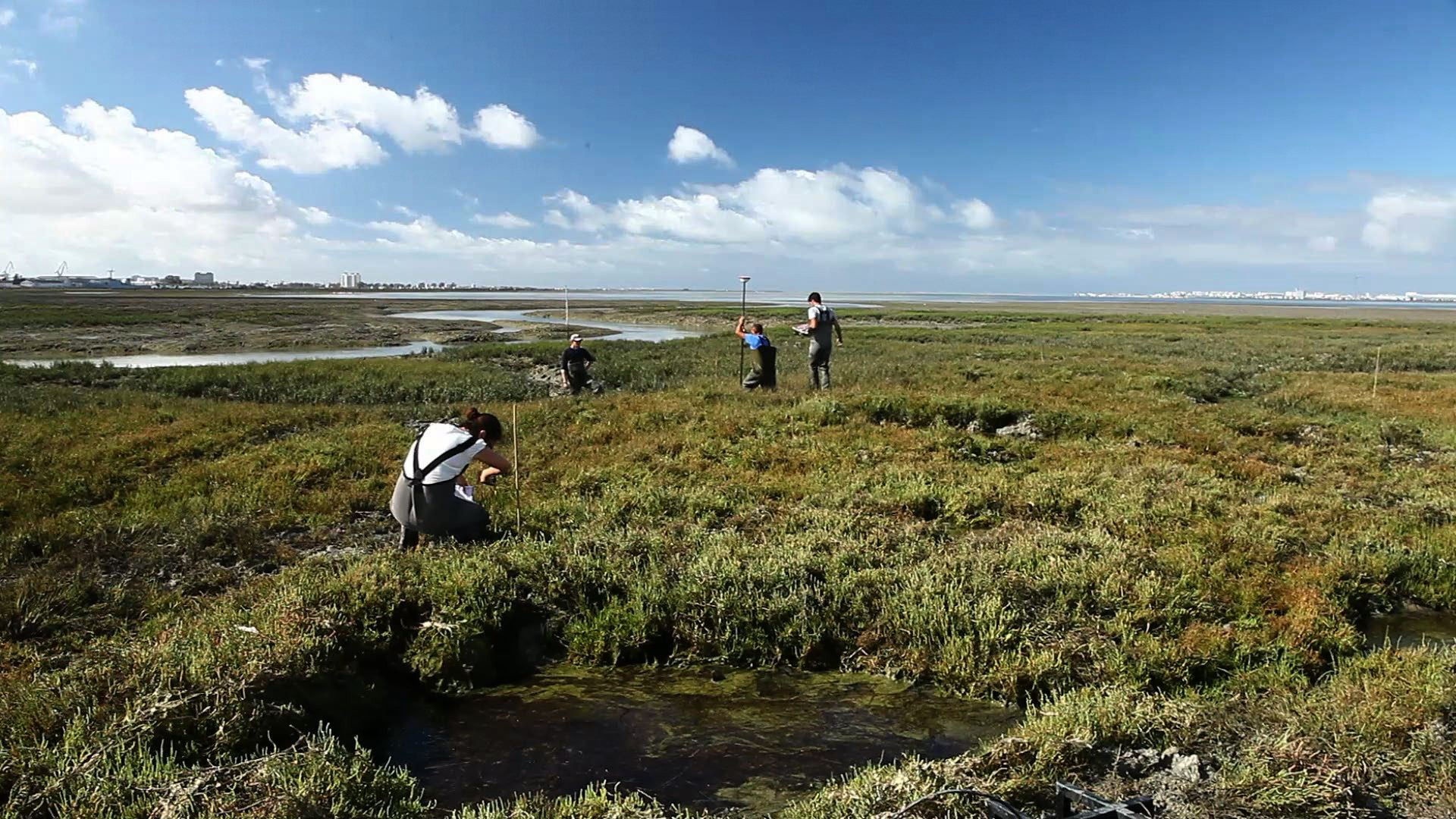...
To acquire the results of the modelling exercise conducted with XBeach for a range of different types of vegetated foreshores and a range of exposure to waves and tides, the XBeach model was validated and calibrated against detailed water level data recorded using high frequency (4 Hz) dynamic water pressure measurements. This was done to resolve even small (2 Hz frequency) waves through the use of bed-mounted pressure sensors at a series of eight vegetated foreshores in Europe, ranging from reed beds in Romania (outer Danube Delta) to Sarcocornia salt marsh (Bay of Cadiz, Figure 7), and NW European estuarine and open coast salt marsh (The Netherlands and United Kingdom respectively). Data recording took place with a telemetered data logging system that captured waves and water levels during almost every inundation of the vegetated foreshores from early autumn to late spring over one year. The Romanian field sites Jurilovca (Razelm) and Histria (Sinoe) experienced continuous inundation, albeit with varying water levels, such that data acquisition at these sites varied from that at the United Kingdom, the Netherlands and Spanish sites with wave records triggered every 8 hours (three times per day). Water pressure records acquired in this way were processed into water depths, wave spectra, and summary wave statistics by the University of Cambridge, using tried and tested programming routines (Möller et al. 1996 and Möller and Spencer, 2002 ).
Figure 7. Transect in Cadiz (Spain) field site.
...
